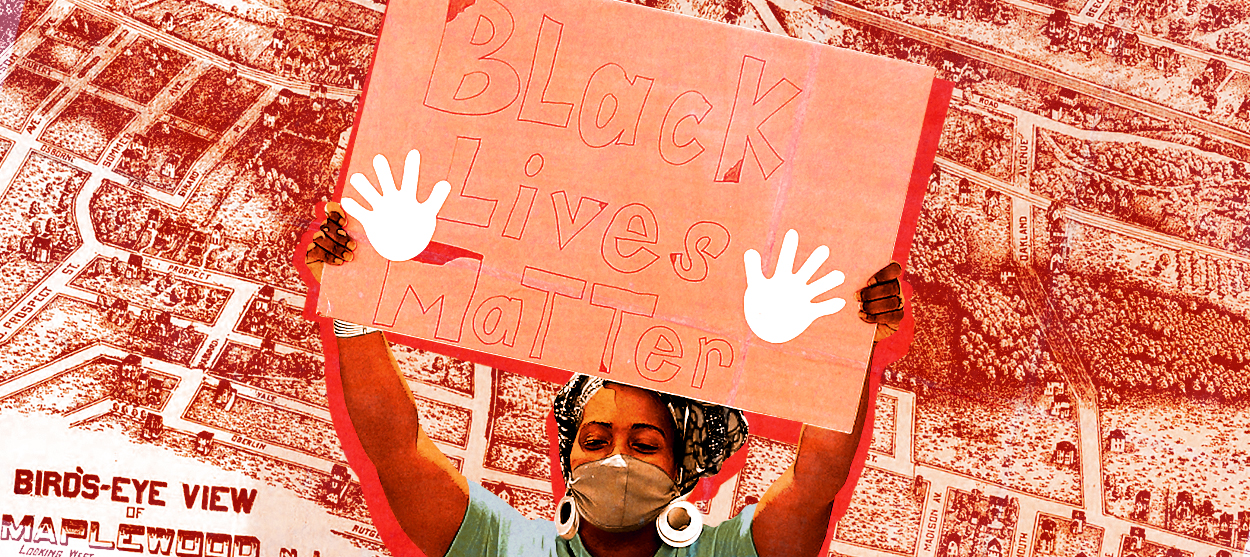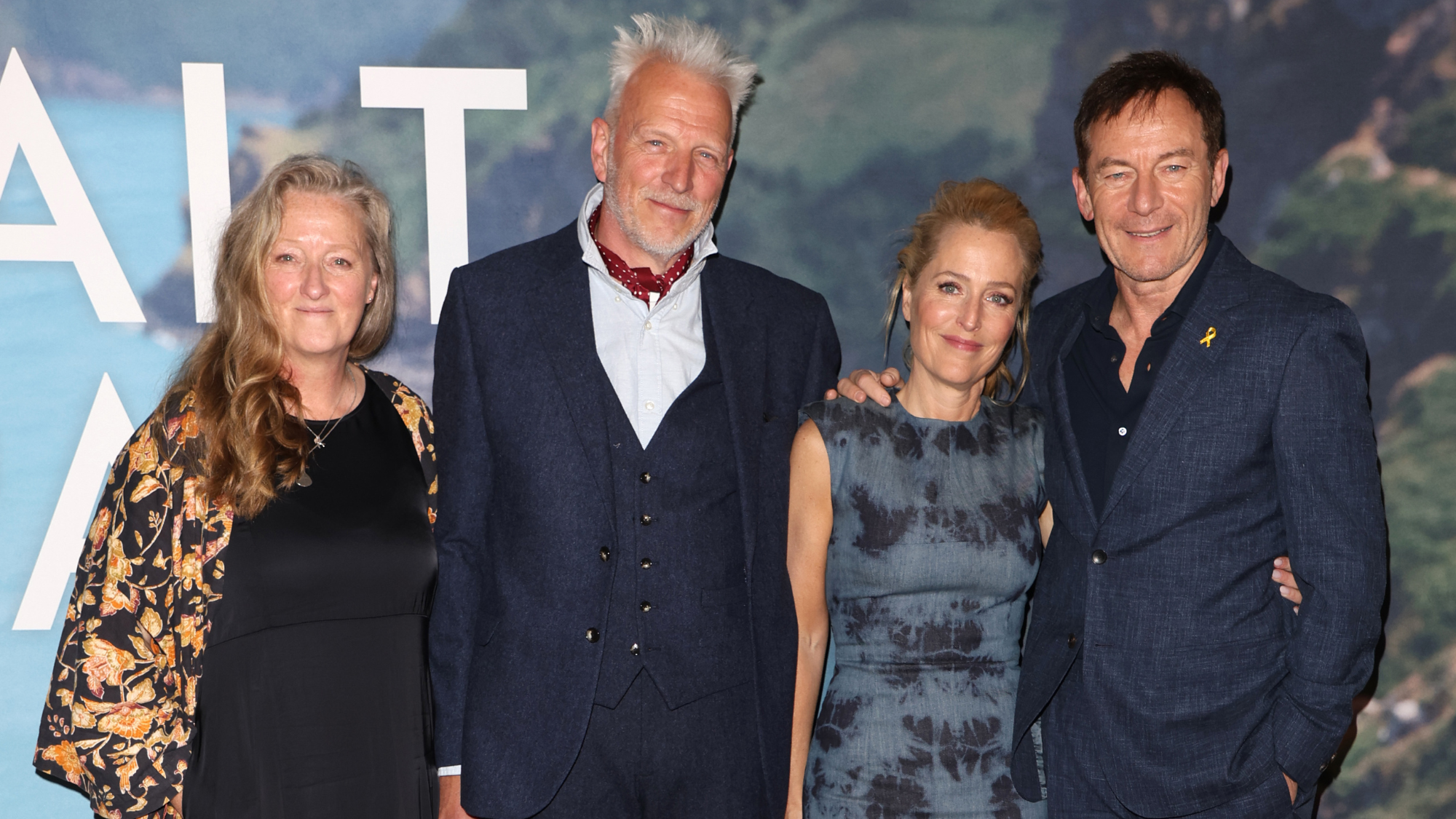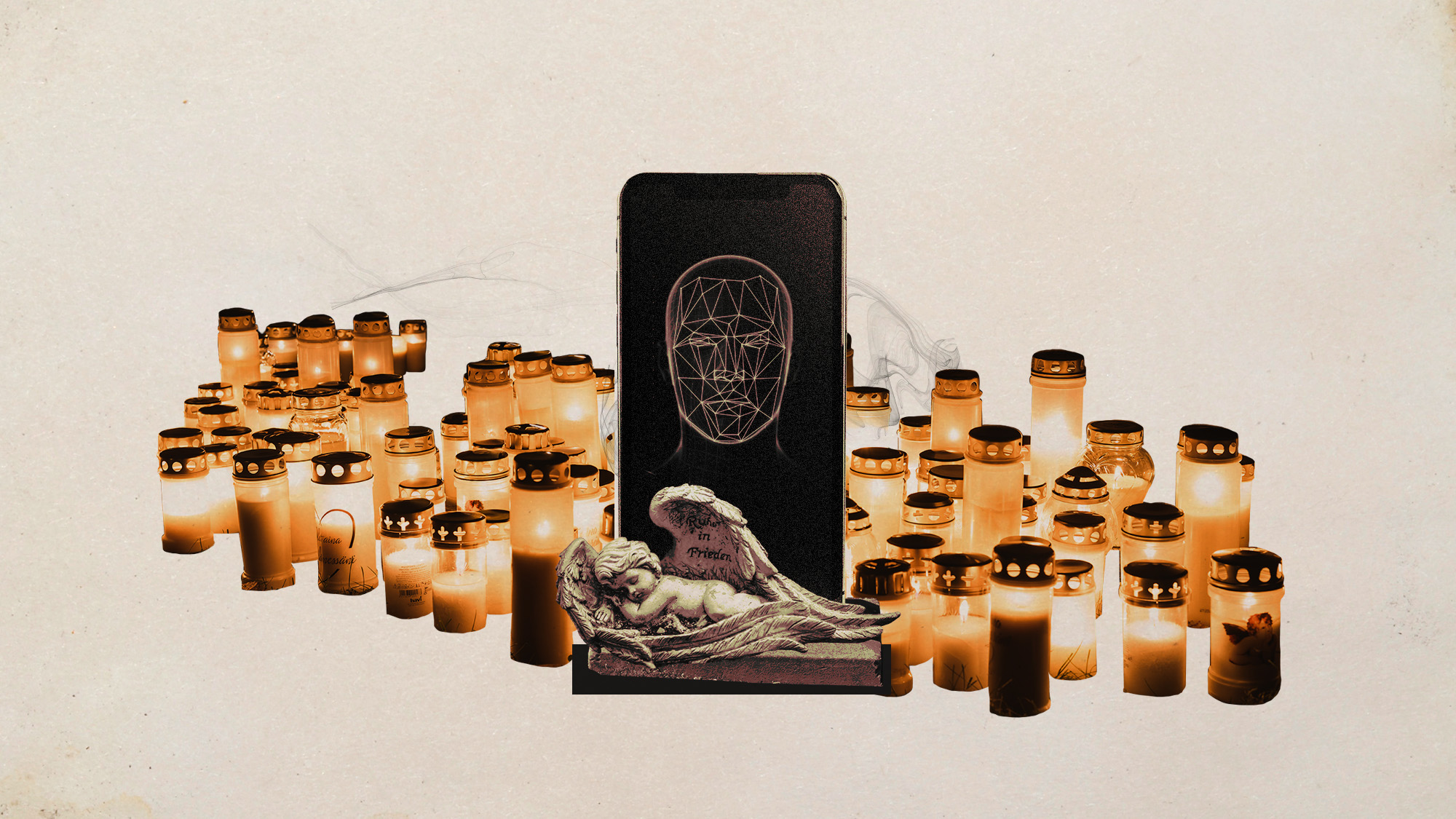What I missed as a white kid in Anytown, U.S.A.
I thought Maplewood, New Jersey, was perfect. Then I remembered what I heard.


Is it possible for a child to truly understand the place in which he or she is raised? Especially when a full understanding might damage the illusion that everything is as it should be?
I grew up in Maplewood, New Jersey, a suburb of 24,000 some 15 miles west of New York City. The town was, and remains, picturesque: Its 25-acre Memorial Park was designed by the storied Olmsted Brothers firm in the 1920s, and its downtown business area — anchored by a movie theater, a diner, and a train station — has remained essentially unchanged since the 1930s. Popular descriptors of the town include "leafy" and "charming." Growing up there molded my view of what other places should be like, and as such, I largely found them wanting. As a student at the University of Delaware, I was appalled by that state's seemingly endless sprawl; compared to my hometown, it felt airless and deadening. If Maplewood wasn't perfect, I thought, it was close enough.
Despite this, there has long been another side to Maplewood that the realtors don't tell the young couples now streaming in from Brooklyn. Though the town celebrates its diversity (as of 2010, it was 56 percent white, 35 percent Black, and 7 percent Hispanic), most of its Black residents live on its outskirts, where it borders the cities of Newark and Irvington. Maplewood's school district, which it shares with neighboring South Orange, has been accused of racial bias, and every so often a race-related incident — such as in 2016, when the town's police officers forced a group of Black Maplewood residents into Irvington — punctures its myth of cheerful harmony.
The Week
Escape your echo chamber. Get the facts behind the news, plus analysis from multiple perspectives.

Sign up for The Week's Free Newsletters
From our morning news briefing to a weekly Good News Newsletter, get the best of The Week delivered directly to your inbox.
From our morning news briefing to a weekly Good News Newsletter, get the best of The Week delivered directly to your inbox.
In recent months, as the nation has had its own myth of harmony punctured — or, more accurately, as it has come to understand how far off harmony is — I've had to reconcile my rosy view of Maplewood with its darker realities. And I've been reminded of a story that my mother once told me: At some point in the early 1970s, before I was born, a Black family moved into a house around the corner from ours. Not long after, a cross was burned in their yard.
That's basically all I knew. I was in high school when she'd told me this, and I don't recall asking any questions; in my shock, I'd probably just said, "really?" A burning cross, with its roots in the Ku Klux Klan, is abhorrent anywhere, but such a thing in Maplewood — which my wife would later compare to the fictionally adorable Stars Hollow of Gilmore Girls — seemed almost apocryphal. So I tucked it away, thinking of it only when I walked past the house across the street. By the time I came of age, in the late 1990s, Maplewood was different — and it's certainly different now. Wasn't it? Isn't it?
Curious, I reached out to the son of the family who lived across the street. Chris Sabin is now 54 and lives in South Orange, about two miles from his childhood home. He has kids of his own, and like his late mother, Sabarah, he has served on the local school district board. But despite the passage of time, as we spoke on the phone, it was clear that the past wasn't very far away. "There was never a cross in our yard," he said with a rueful laugh. "There was an X that was spraypainted on our front door, as well as several other people that lived in town that were Black."
This was in 1973 or 1974, shortly after the Sabins arrived in Maplewood from Brooklyn — "The original Brooklynites," as he called them. "It was something that I vaguely remembered in [elementary] school as us being 'the family,'" he said. "It was something that made us feel singled out." And it wouldn't be the last time they would be targeted: A decade later, their cars' tires would be slashed. "That's what I remember, because I was a lot older," he said.
A free daily email with the biggest news stories of the day – and the best features from TheWeek.com
The episode was recounted in a 1986 New York Times article headlined "Racial incidents beset 2 towns":
Mrs. Sabin recalled waiting for a friend to pick her up outside her house on a recent night. Suddenly, a small green car veered within a few feet of her, a man yelled ''Kill n—s!'' and the car sped off ... It was not the first time that Mrs. Sabin had been a victim of racism. Last March, eight tires were slashed on two cars in her driveway. Afterward, her 17-year-old daughter was afraid to go out to the driveway at night ... ''We love this town. We don't want to live in anger. We don't want to live in fear. It's really a lousy way to live.'' [The New York Times]
I was in grade school at the time, but I have no recollection of the events described by the Times — "car tires slashed, car windows shattered, houses spray-painted with racist slurs or threats, lawns burned with the imprint of a cross" — and, aside from my mother's erroneous story, I've never heard them spoken of. This is a benefit of being white: If such things don't happen to you, your family, or your peers, you probably don't dwell on them. But white Americans like myself are belatedly acknowledging that this attitude is no longer tenable. Black people have always known this. White people needed to be confronted with the killing of George Floyd.
"Thank goodness for video," Sabin said. "Because… [white] people are finally willing to look at things in a different manner. They've been asked to do this for years, but ... people have not been able to empathize and just put the shoes on and walk in somebody else's shoes. Whereas Black people are consistently asked to walk in someone else's shoes every day."
Chris pointed me towards Gus Heningburg Jr., another Black Maplewood native who still lives in town. Heningburg's father was a prominent civil rights advocate and an early host of NBC's Positively Black; upon his death in 2012, an obituary described him as "One of Newark's most influential figures" and "a one-man movement." In speaking with Heningburg, it was clear that he had retained his father's intensity — and unlike Sabin, he said that a cross had been burned in his yard.
"I had two of them burned in my lawn," Heningburg, now 59, said. He went on to describe a litany of heinous acts directed towards him and his family in the 1960s and '70s: racial slurs, assaults, the killing of his dog. He related these offenses with steady, knowing outrage — yet in his telling, they were simply the costs of growing up Black in the old Maplewood. "Every day there was some interaction with some older white person that was f---ed."
As in other municipalities, Maplewood recently painted "Black Lives Matter" across a long section of street, and its lawns are dotted with Black Lives Matter signs. Following the 2016 incident at the Irvington border, the Maplewood Police Department's chief was ousted, and a Black female officer was named captain in 2019, the same year that the town elected its second Black mayor. With all of this in mind, I ask Heningburg: Are things better now? "Racism ... takes on multiple forms and iterations," he said. "And yes, it's definitely better, but it's also definitely different." He mentions white friends — men he has known since childhood — whose bigotry he has only recently grasped: "No wonder I didn't play golf with them. I didn't play golf because they weren't taking me to the country club, and there was always an excuse."
Such subtle prejudice — recently described by the writer Isabel Wilkerson as "not the classical racism of our ancestors' era but a mutation of the software that adjusts to the updated needs of the operating system" — is what presently pervades. "I'm much better with a bigot that's out front," Heningburg said. "While Ahmaud Arbery and George Floyd for sure were tipping points, for me the most scary of these incidents was Central Park and the ease with which that happened." He was speaking, of course, of the May episode in which a white woman called 911 to falsely report that a Black man was threatening her. "There's an ease with which it comes and it's not attached to politics," he said. "Just because of the color of my skin, somebody fears me."
Despite Maplewood's reputation as a "haven of diversity and progressiveness," in the words of the Times, such fear has never gone away. And while it is no longer a place of burning crosses and spraypainted doors, it must now contend with "racial challenges that are laying beneath the surface," as its mayor recently wrote. If the prospect of examining such things is unsettling to well-meaning whites — myself included — it is because they know they will be implicated. But, as Sabin said, "It's okay [for white people] to be uncomfortable. Because 'uncomfortable' is actually going to get us as a society the results that we desperately need."
When Sabin's parents moved to Maplewood nearly 50 years ago, they refused to accept the premise that they were lesser because they were Black. "My mother and my father ... demanded to be treated like everybody else," he said. "And that was not what Maplewood and South Orange were. And that is still not who Maplewood and South Orange is. But that's not who society is."
That's what I never really understood about my hometown. Maplewood's shaded streets and grassy parks weren't somehow immune to America's ills. Of course there were problems there. I just didn't have to see them.
Jacob Lambert is the art director of TheWeek.com. He was previously an editor at MAD magazine, and has written and illustrated for The Philadelphia Inquirer, Philadelphia Weekly, and The Millions.
-
 The Salt Path Scandal: an ‘excellent’ documentary
The Salt Path Scandal: an ‘excellent’ documentaryThe Week Recommends Sky film dives back into the literary controversy and reveals a ‘wealth of new details’
-
 AI griefbots create a computerized afterlife
AI griefbots create a computerized afterlifeUnder the Radar Some say the machines help people mourn; others are skeptical
-
 Sudoku hard: December 17, 2025
Sudoku hard: December 17, 2025The daily hard sudoku puzzle from The Week
